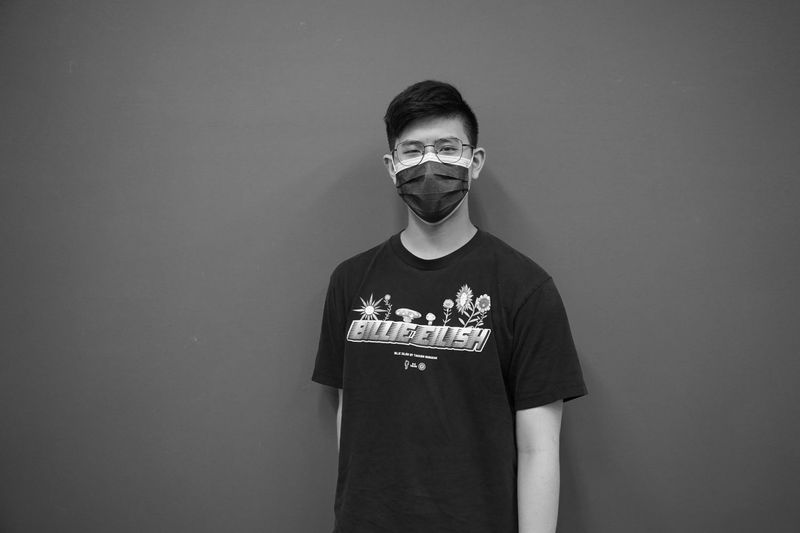We Are America
Learning to Communicate
By Lyndon

Taipei American School, Taipei, Taiwan
Hello, I’m Lyndon Lee. In my second year in Junior high school, every student learned in the same classroom and learned the same way. In Taiwan’s educational system, most of the classes were preparing students for school entrance exams. Since my mother studied in Boston, she wasn’t used to the local way of instruction. Even though I am talented according to the Taiwanese system, I still had to take the ISEE, the entrance exam of Taipei American School. I wanted to attend TAS because I believed it could prepare me better for my future. To achieve the standard, I spent my efforts preparing for ISEE, and I was lucky I got into TAS on my first try. The TAS study program is very different from the one at Fuhsing Junior High, my previous school. In TAS, learning is often cooperative, we have to work in teams, and we are encouraged to exchange ideas with our teachers. This was so different from my last school. Once, I was required to talk to the teacher about an assignment, but I forgot about it and got a bad grade on the assignment. People expected me to get used to it soon, but instead, it took me a lot of time to get over the fear of facing teachers. After studying at both FHJH and TAS, I found that even though FHJH students study the same courses, we all learn differently. One of the courses that turned out to have many diverse students was math, in which the majority of students could not understand what was happening in the class, while some could understand the lesson easily. In that context, I believe math to be much more acquainted and easier to learn in both systems. However, I’ve had some struggles in other classes because I don’t like to speak in class, and I’m a processor. Many classes expect an immediate answer and that is not the way I think. Also, at TAS, the classes were separated into standard and Honor/AP/IB, and people choose the different courses to maximize the knowledge they can learn. This makes students develop at their own pace, which encourages students’ to achieve higher levels for the subjects they are interested in. Therefore, even though I still struggle with communicating with fellow students and teachers, I believe this kind of curriculum design in TAS will help me prepare for my future studies.
© Lyndon. All rights reserved. If you are interested in quoting this story, contact the national team and we can put you in touch with the author’s teacher.